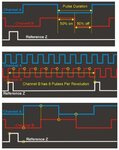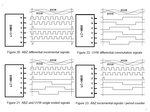phatcreators
Full Member level 5

What are Resolver, Encoder & Tachometer ?
Differences between these Feedback techniques ?
When to employ these ?
thanks
Differences between these Feedback techniques ?
When to employ these ?
thanks





